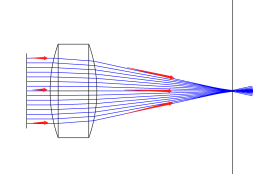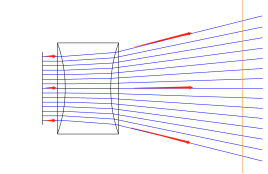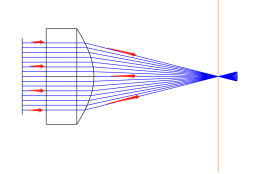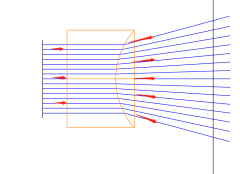What do you know about a spherical lens?
Release time:
2024-03-06 10:01
Source:
An introduction of the spherical lens
A spherical lens is a lens with a fixed radius of curvature on the surface of the lens inside the optical aperture. Spherical lenses are mainly divided into double convex lens, flat and concave lens, concave and convex lens, double concave lens, etc., which can be customized according to customer drawings or sample processing, to meet the different application needs of customers.
Spherical lens classification diagram:

Figure 1. Structural diagram of different types of spherical lenses
Spherical lens display diagram:
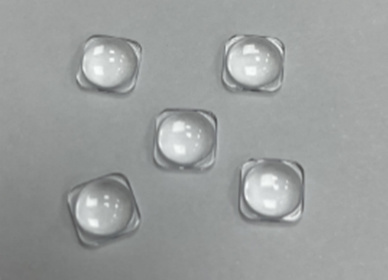
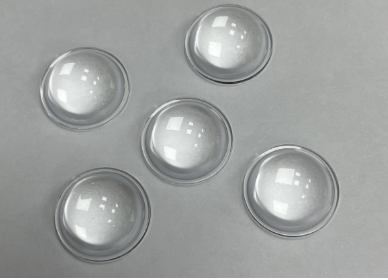
Figure 2 Physical lens
Application areas of spherical lenses
There are various kinds of spherical lenses, different spherical lenses, the scope of application is also different. Spherical lenses can be used to focus, collimor expand light and can be used in industries such as metrology, microscopy, laser, aerospace or medical technologies.


Figure 3. Industrial applications
The imaging formula for a spherical lens
Spherical lens is generally convex or concave lens, and its imaging rules can be expressed by the lens imaging formula:
1/u+1/v=1/f
(Positive and negative for symbols: constant positive value from u. The positive and negative of the image distance v are determined by the real virtual of the image, v is positive in the real image and v is negative in the virtual image. The f of the convex lens is positive and the f of the concave lens is negative. )
According to the above formula, the deformation can be obtained after:
f=uv/(u+v) 或u=vf/(v-f)或v=uf/(u-f)
Category of spherical lens and action on light:
Table 1 Description of the lens structure
|
classify
distinguis |
biconvex lens |
biconcave lens |
planoconvex lens |
planoconcave lens |
|
characteristic |
Thick along the central edge |
The thick edge of the center is thin |
The outer surface of the sphere is taken as the reflecting surface |
Take the spherical inner surface as catopter |
|
The effect on the parallel light |
|
|
|
|
|
focal point |
There are two real foci |
There are two virtual foci |
Parallel light focus into a point that is the focus of the convex lens. |
Parallel light is converted into divergent light, and the divergent light is inversely focused on the virtual focus of the concave lens with a negative focal length. |
Recommended Articles
透镜,让世界更美好
2 minutes to understand the principle of the microstructure array lens
Microstructure array lenses are formed by nanoscale sub-lenses arranged in a certain order. Since each sublens in the microstructure array lens has an independent optical axis, a main optical axis is formed. Therefore, compared with the traditional compound eye single lens, the microstructure array lens has extremely high parallelism, and each sub-lens can transmit the light source independently of each other without interfering with each other.
What do you know about a spherical lens?
A spherical lens is a lens with a fixed radius of curvature on the surface of the lens inside the optical aperture. Spherical lenses are mainly divided into double convex lens, flat and concave lens, concave and convex lens, double concave lens, etc., which can be customized according to customer drawings or sample processing, to meet the different application needs of customers.
The difference between the Powell prism and the cylindrical array mirror
Powell prism: It is an optical nonspherical cylindrical mirror that allows the laser beam to preferably form a straight line with uniform density. Cylinder array mirror: Cylinder array mirror belongs to a kind of lens array. The core is the cylindrical microstructure distributed above, which can effectively reduce the spherical difference and chromatic difference by designing the aspherical surface shape, and has a one-dimensional amplification function.


